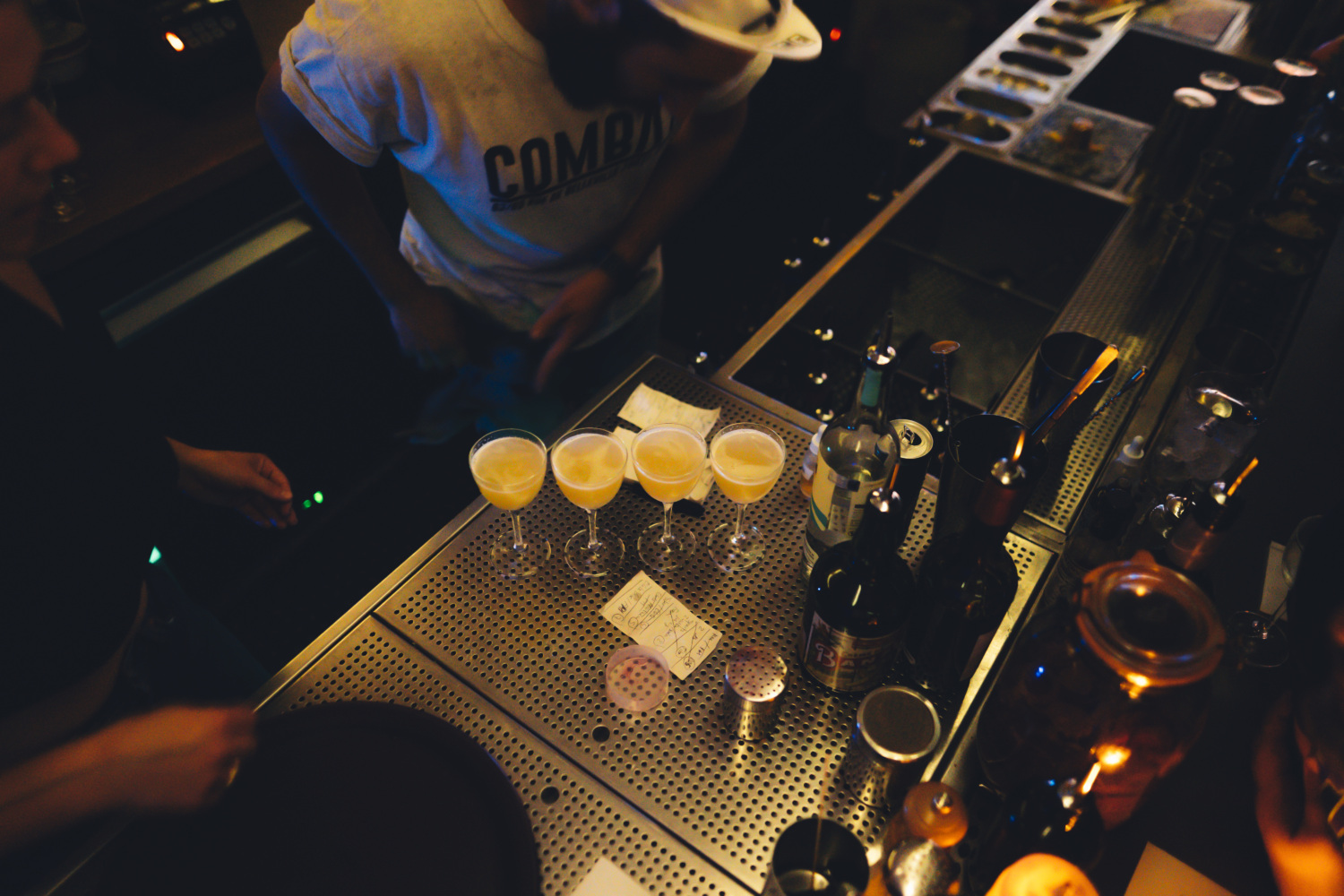
How & When to
drink Calvados
Old vintages, young blends, in cocktails or in gastronomy: here are a few of the many ways Calvados can be enjoyed..
What to pair with neat Calvados ?
A lovely old Calvados is a treat best enjoyed on relaxed drinking occasions and in good company.
10, 20, 30 years in cask: time has woven its spell!
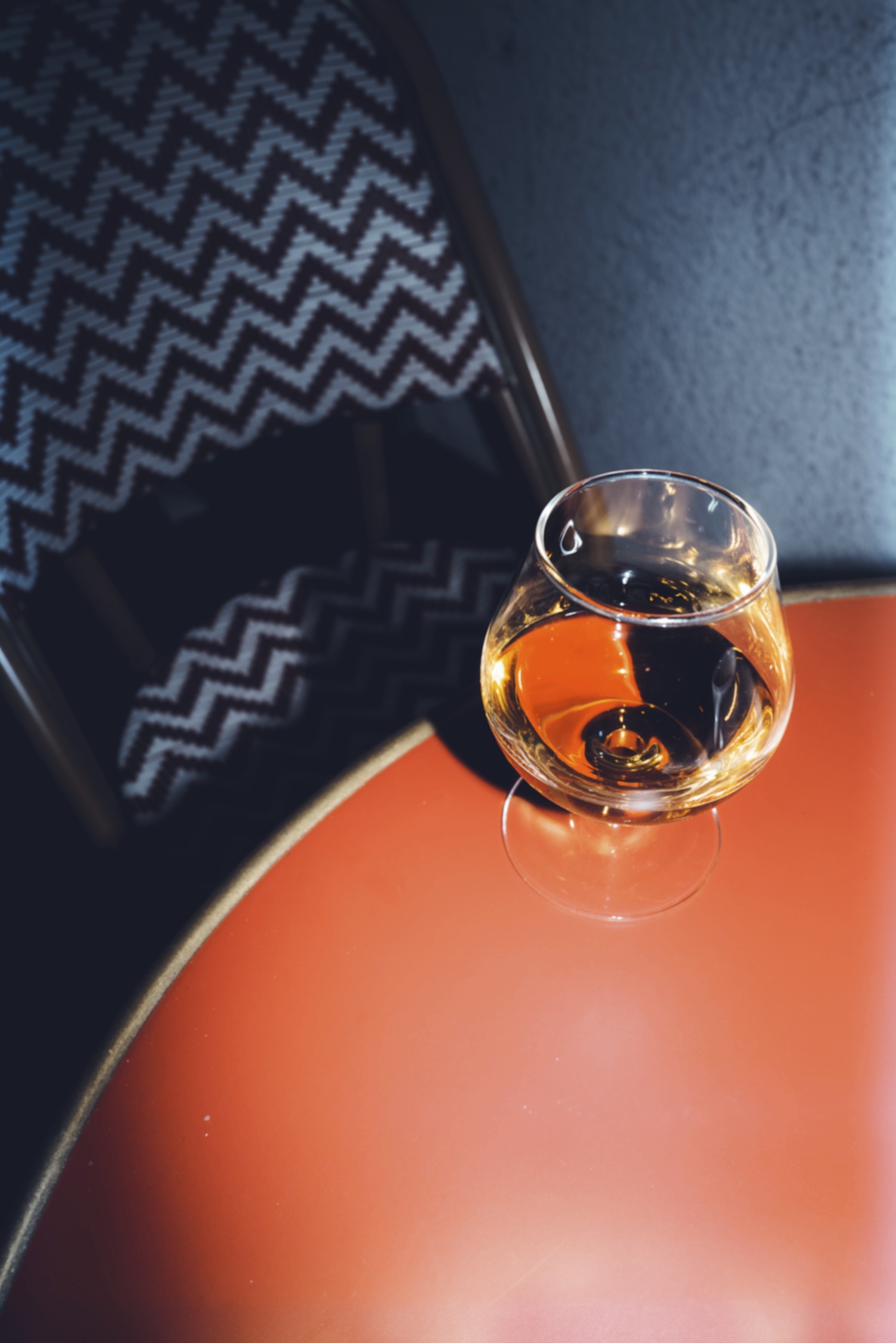
For relaxing in the evening, after a good meal, Calvados is best served in a tulip-shaped glass which concentrates and reveals its irresistibly smooth, full character, its oaky and caramelised notes and its amazing length on the palate.
The smoothness of the very finest Calvados also permit an infinite number of pairings including dark chocolate or a good cigar!
They are a wonderful accompaniment to “grands crus” coffees (Honduras, Panama, Ethiopia, etc.).
Nowadays, many people have re-adopted the tradition of the “Café Calva” with the “Calva” conferring subtlety and elegance to the coffee.
Calvados can also be enjoyed throughout an entire meal when a few small sips will delight the palate and bring out the flavour of many dishes.
A Calvados VS served “glacé” (icy cold) is the perfect accompaniment to smoked fish and caviar.
Born between the land and the sea, Calvados will also be appreciated with meats such as roast poultry or poultry in a sauce, a creamy veal escalope with pan-fried mushrooms, roast pork with apples, a pre-salted leg of lamb or a duckling in honey.
When it comes to seafood, it pairs perfectly with sea scallops, Chausey blue lobster, flambéed prawns or a wing of skate. With freshwater fish, it is fabulous with a trout with almonds.
Calvados also goes well with exciting sweet and sour combinations, those that include apples and pears, of course, but also using peaches, prunes, grapes or apricots.
With desserts, the pastry notes in the Calvados are perfect with fruit tarts, tarte tatin, tiramisu and any kind of chocolate-based cake.
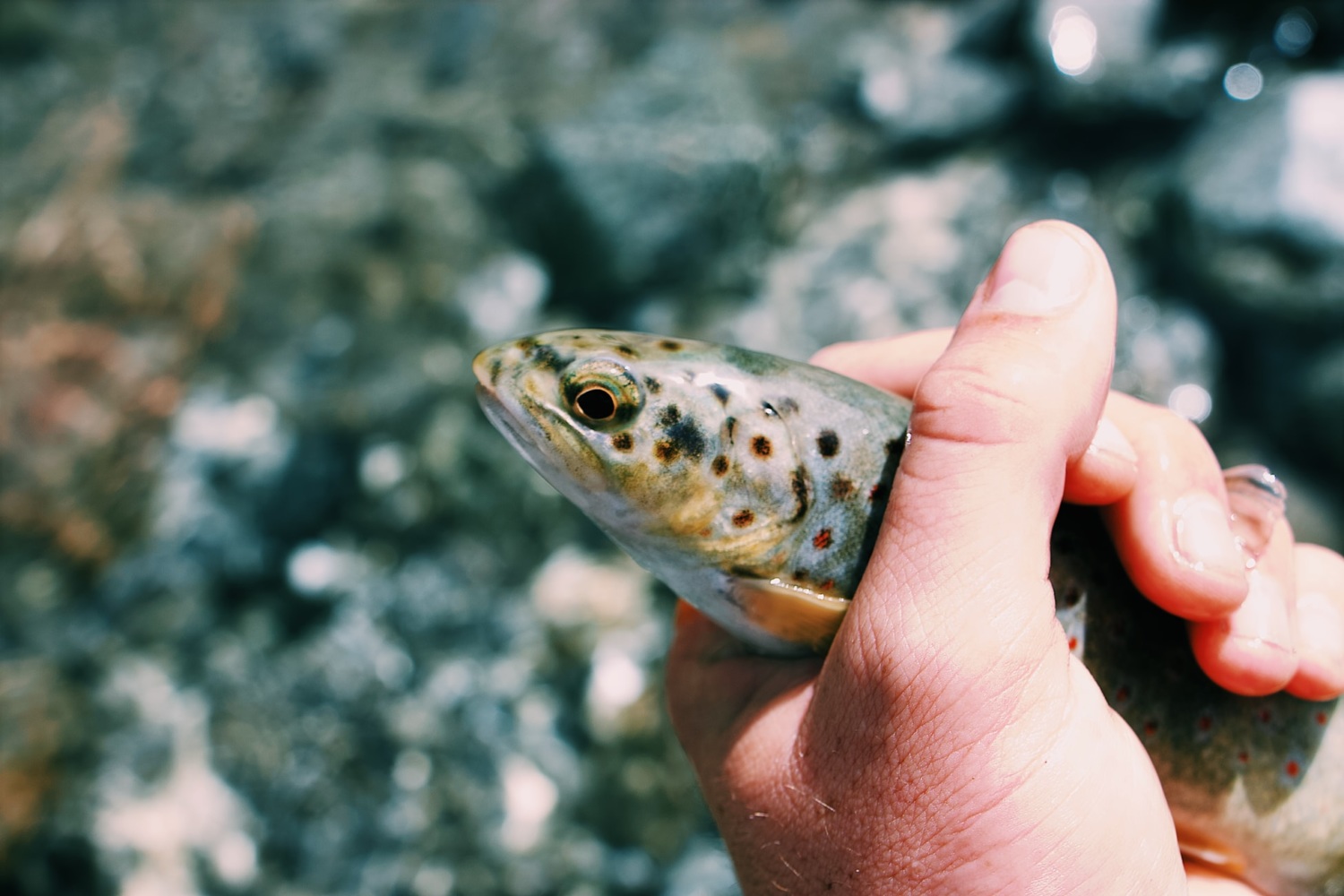
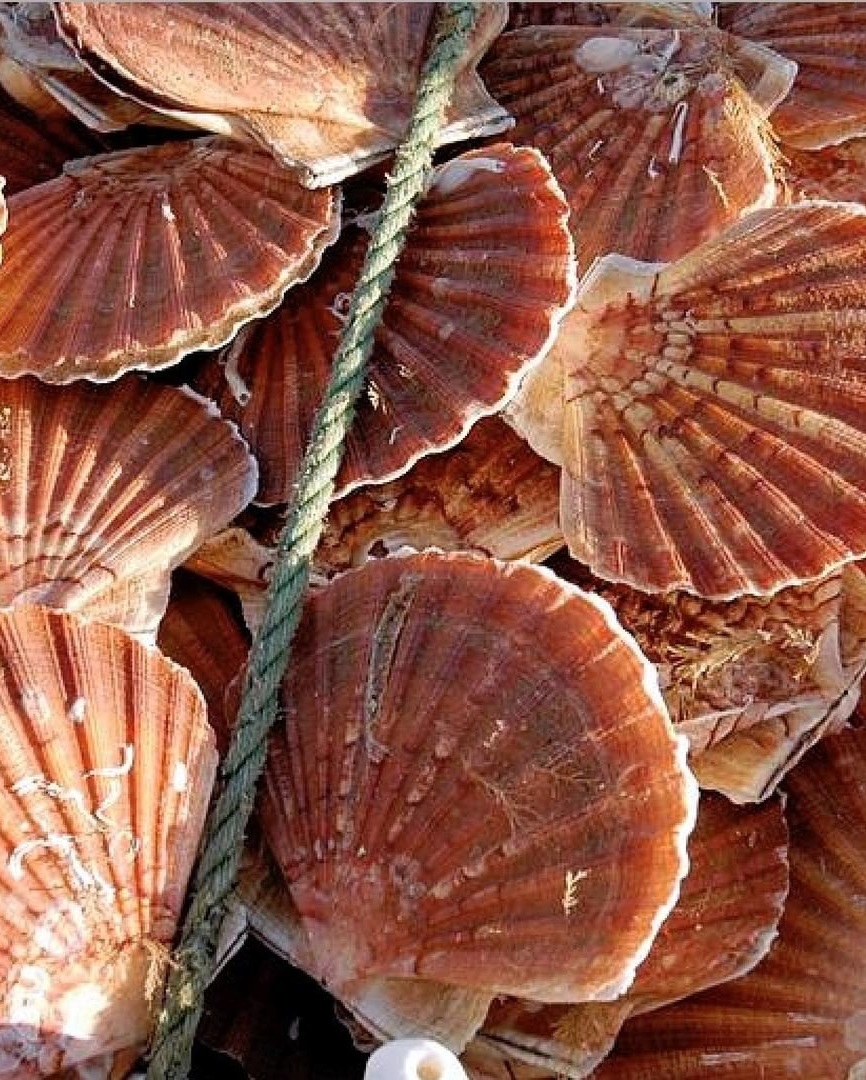

Young Calvados in Cocktails
Their cleaner fruity or floral aromas are ideal for aperitif drinking and entertaining when a fresh, lively character is sought.
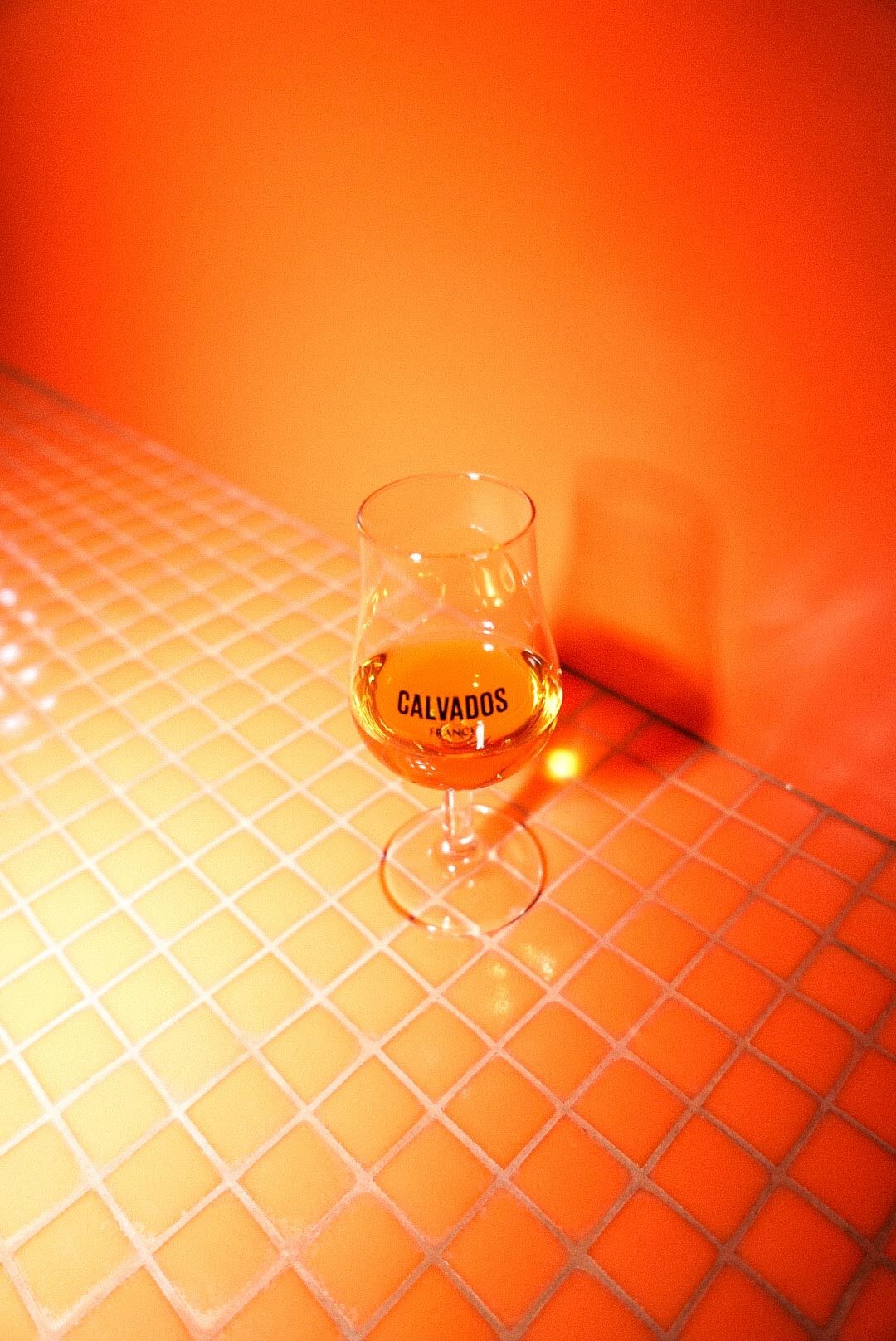
Served over ice, as a long drink or a stronger short drink, Calvados has been a firm favourite in the cocktail world since cocktails first appeared on the scene in the United States.
The Apple Toddy (Calvados and baked apple) was even mentioned in the first French cocktail handbook by bar manager Emile Lefeuvre as far back as 1889.
Today Calvados’ success continues unabated.
The most respected bartenders in the top bars and major international hotels use Calvados as a key ingredient in their creations.
This new generation of mixologists, impressed by Calvados’ balance of freshness, strength and fruitiness, has adopted this “very craft” and “100% French” spirit to lend their cocktails a distinctive stamp.
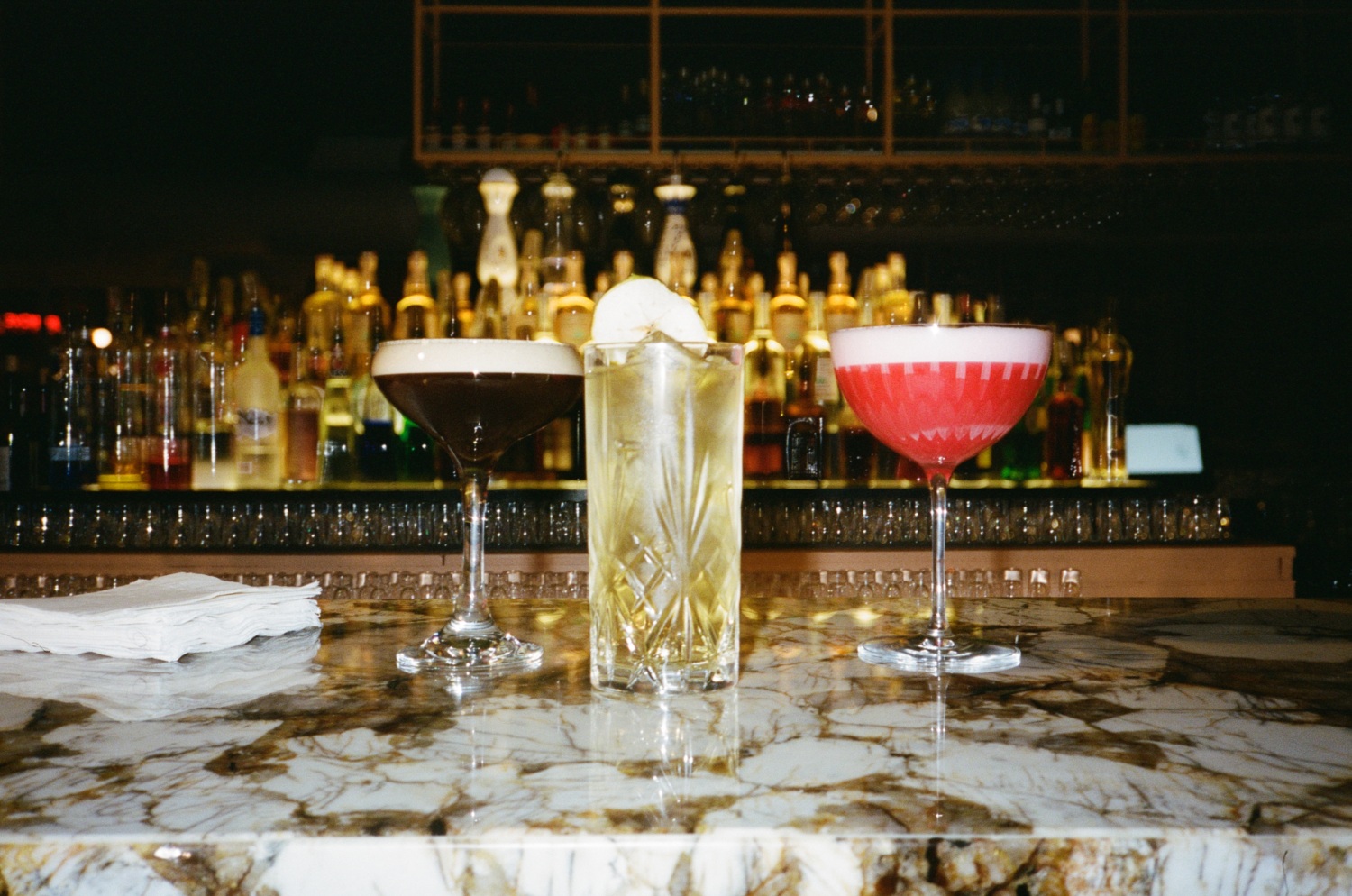
THE CAFÉ-CALVA
The pairing of coffee and Calvados is much more than a simple combination.
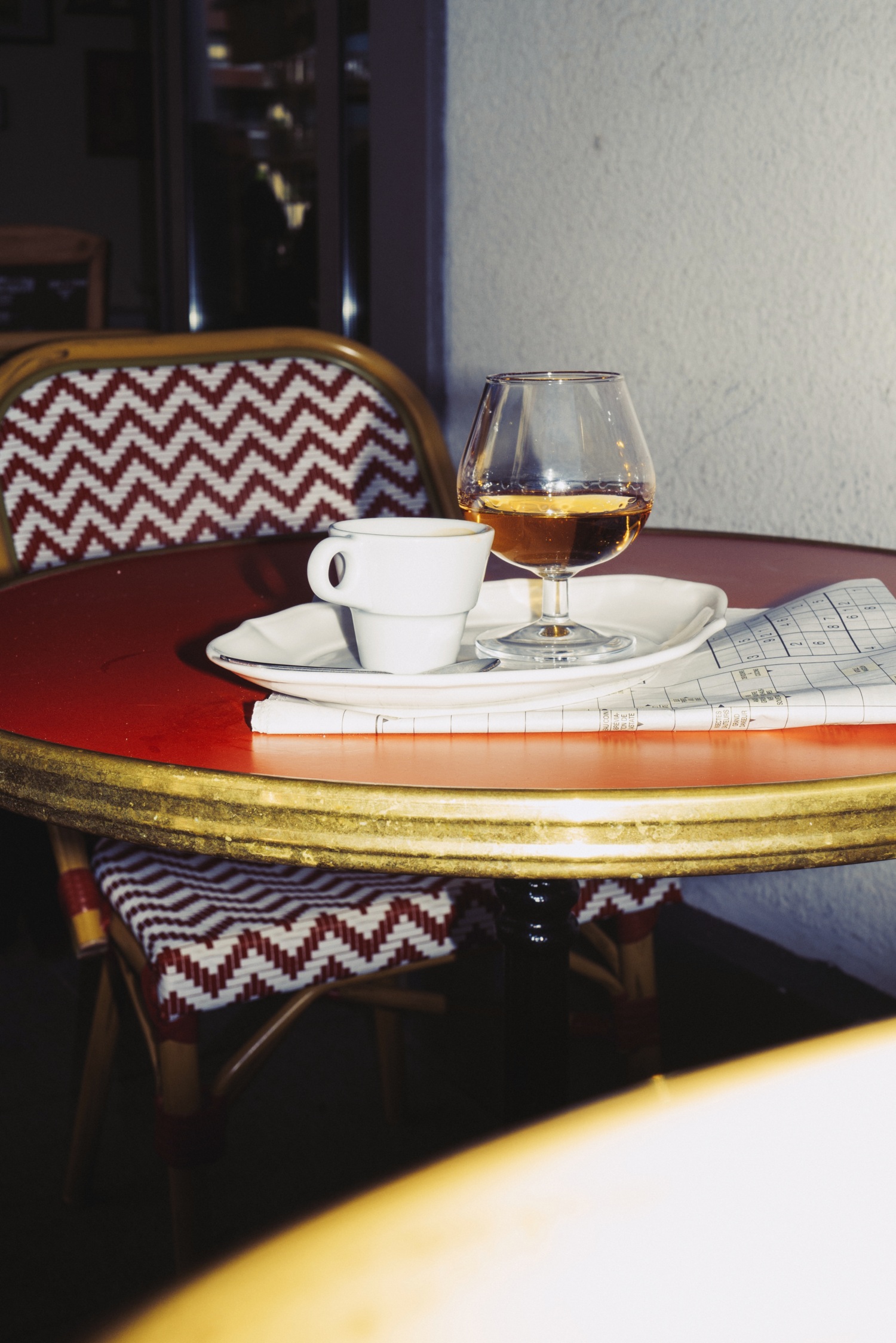
A moment, a story, a french way of life,
a place, a meeting…
This tradition, over a century old, was born in the Norman countryside and quickly adopted by workers and farmers looking for a pick-me-up to power through long, grueling days. Before long, this popular drink crossed regional borders and found its way into parisian cafés, where Calvados was sometimes poured straight into the cup, unless a customer specifically asked for plain coffee.
Three schools of thought clashed when it came to serving the Café-Calva, each with its own opinion :
– Le café-goutte : Calvados served directly in the coffee.
– La rincette : Calvados added after drinking the coffee to “rinse” the cup.
– Le canard : Sugar dipped in Calvados and then in the coffee.
In recent years, the Café-Calva has evolved and reinvented itself, particularly in the world of mixology, with original creations like the Calvaspresso. The fourth edition of CalvaClub was even entirely dedicated to it, confirming the renewed interest in this iconic duo.
While times have changed, the journey of the french apple brandy remains inseparable from this tradition deeply rooted in french culture.
THE TROU NORMAND
Originally known as the “coup du milieu” (a quick drink in the middle of a meal), the Trou Normand now serves as a generic term to designate this custom that has been entrenched in French habits since the 18th century.
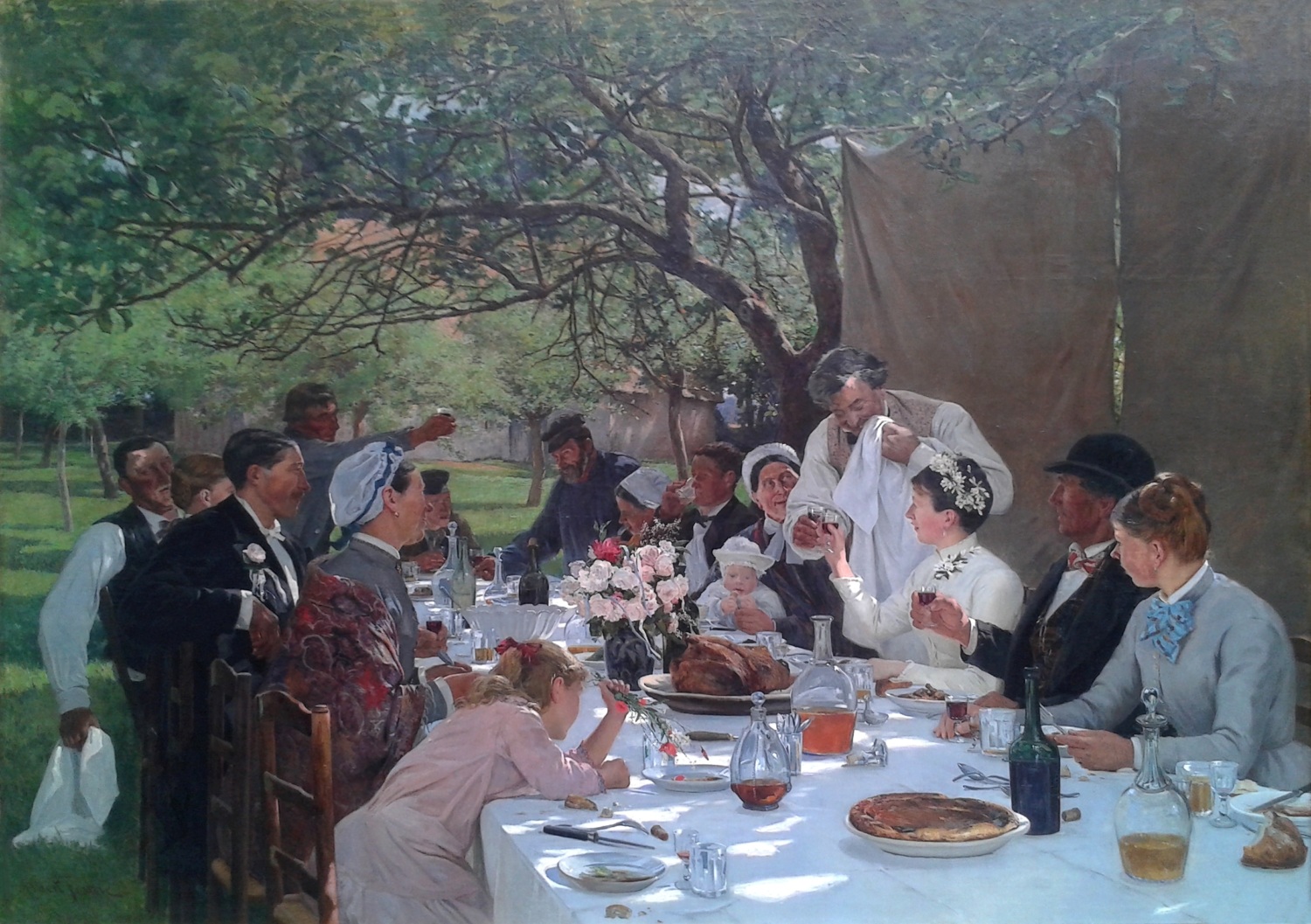
During long meals, between two main courses, it is customary to offer guests a small glass of Calvados to be knocked back in one gulp or to enjoy with a sorbet.
Made famous at the end of the 19th century by Maupassant’s short stories or Albert Fourié’s painting, it was used as a means of reviving guests’ appetites over the course of a long meal. By association, this term also denotes the break that one allows oneself to take during these long festive or ceremonial meals.
The Trou Normand has lent its name to many bars and restaurants as well as a famous French film.
In 1966, a brotherhood was even founded to promote it: the Confrérie du Trou Normand!
For many people, the “Trou Normand” is the first thing that springs to mind when one mentions Normandy. It is now a part of French culinary heritage.
Is Calvados an apple eau-de-vie?
No. Calvados is a cider or perry eau-de-vie and not an apple or pear eau-de-vie — i.e. it is obtained from fruit that has already been fermented. It is dependent on the terroir, the varieties harvested, their quality and quantity, and the nature of the cider or perry made from these fruits.


